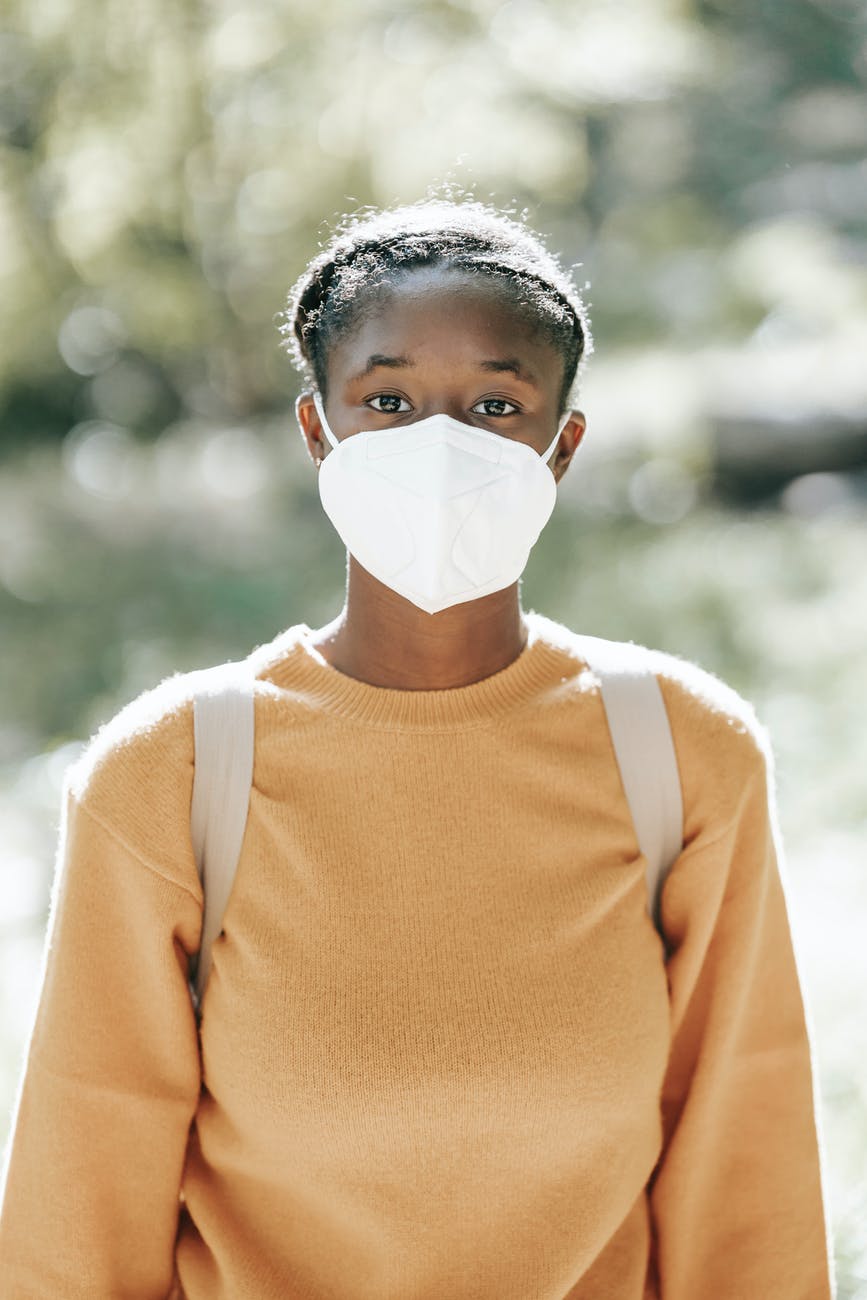Why Are Women More Likely to Survive COVID-19?

Around the world, women are more likely to survive COVID-19 than men. Is it the hormones? The hygiene? The extra X chromosome? Let’s dive into the data and find out.
By Suzanne Boutilier. Medically reviewed by Dr. Tamara Neuhaus MD
Like a lot of you, we’ve been following news stories about possible approaches for treating COVID-19. Two stories that seem particularly relevant are about a possible link between two female sex hormones—estrogen and progesterone—and COVID-19 survival rates.
We thought it would be helpful to unpack the information and data that’s out there, so we can all get a better idea of where this hypothesis came from. Then take a look at what it may or may not mean, specifically for women in perimenopause and menopause.
The gender divide in COVID-19
As stats have been collected on confirmed COVID-19 cases and mortality rates, we’ve seen a consistent trend of men faring worse than women. In all but four countries for which we’ve seen data, the mortality rate for men is significantly higher than it is for women. In China for every 64 men who die, only 36 women do. In Italy, the split is 65/35. Here in the U.S., it’s 59/41. In some other countries men are as much as three times more likely to die from complications due to the virus than women. Only in Portugal, Canada, Belgium, and Ukraine are mortality rates for men and women close to equal.
This disparity has caused doctors and scientists to ask the logical question, “What do women have that men don’t?” It doesn’t take a huge leap to land on estrogen and progesterone. While men have both of these hormones in very small quantities, women have them in spades. And pregnant women have even more.
According to the Report of the WHO-China Joint Mission on COVID-19, pregnant women in China with confirmed or suspected cases of COVID-19 appeared to have a lower risk for developing severe symptoms than the overall population. This is surprising because during pregnancy, a woman’s placenta dials the immune response way back, so it doesn’t attack the wee guest growing inside it. As a result, women are more vulnerable to infections, including influenza. But of 147 pregnant women investigated for this report, only 8% had severe disease and just 1% were critical. Compare that to the overall population, where 14% were severe and 6% were critical.
We know that estrogen has some immunity boosting properties. And it’s known to block the production of an enzyme that hinders the inflammatory process. Progesterone also helps keep inflammation in check. So it would make sense that estrogen may help women’s bodies fight off the COVID-19 virus in the first place. And if that fails to keep the intruder at bay, the one-two punch of estrogen and progesterone could play clean up by managing the inflammation that takes the ultimate toll on the lungs. So at first blush, treating COVID-19 with these hormones seems to make a lot of sense.
Other protective factors for women
COVID-19 isn’t the only health issue with a gender divide. Men are also more likely than women to suffer from type 2 diabetes, heart disease, and liver disease. All of these conditions can hamper a body’s ability to fight this virus.
There’s also the not-so-small matter of hand hygiene. Multiple studies have shown that women tend to wash their hands more than men, though we don’t yet have data on hand-washing during this pandemic. But old habits die hard.
What we think are the most important things to look at, however, are the survival rates for older women compared to older men. Because, as you know all too well, once a woman hits menopause, her estrogen and progesterone levels bottom out. But data is showing us that even post-menopausal women are surviving COVID-19 at higher rates than their male contemporaries. Among patients between age 60 and 80 in Germany, men are three times more likely to die than women. At age 80, that starts to drop to about twice as likely. But still, even without our full quiver of hormones, women’s bodies are better at beating this virus than men’s.
All that said, two trials are under way to see if hormones improve COVID-19 outcomes. One, at Cedars-Sinai in Los Angeles, will treat a subset of male patients with two shots of progesterone a day for five days. The other, at Renaissance School of Medicine at Stonybrook University on Long Island, will give a subset of male and post-menopausal female patients an estrogen patch to wear for one week. Both trials will monitor the severity of the patients’ illness and outcomes, compared to control groups.
What else could explain it?
In the meantime, there are some other hypotheses out there for the reason behind the COVID-19 gender divide. Some researchers are thinking women’s extra X chromosome may be giving us added protection, with a double dose of some immune-response genes.
There’s also a theory that women’s immune systems evolved to go into overdrive to compensate for the time that the placenta is dialing back the immune response to protect a growing fetus. This overly aggressive immune system is what some scientists think may cause women to be much more prone to autoimmune diseases than men. But it may also be what’s keeping women with COVID-19 alive.
Others are pointing the finger at smoking habits. In most countries, men are more likely to smoke, which increases ACE2 receptors in the body. These receptors are what the COVID-19 virus attaches to. But in countries like Sweden and Denmark, where women and men smoke almost equally, women are still faring better in the pandemic. Sweden’s male/female mortality rates are 57/43 and Denmark’s are 59/41. And remember Portugal and Ukraine, where mortality rates are almost equal for men and women? Men smoke 2 (Portugal) to 3 (Ukraine) times as much as women in those countries. So cigarettes don’t look like the smoking gun to us. Though if you do smoke, we urge you to stop, for a thousand other reasons. They have a patch for that, too, you know.
Speaking of ACE2 receptors, there happen to be a lot of these in men’s testes. So some scientists are turning the tables and investigating what men have that women don’t to unlock the answer to why men are being hit so much harder by this virus.
For now, stay healthy, stay connected, and if at all possible, stay home. And keep washing your hands, you awesome hand hygiene role models!
Reach Out, We're Here
Have questions about your order or products? For the speediest answer, check out our FAQ section. Need something else? Come find us below.
Please keep in mind our regular business hours; Monday-Friday, 9am-5pm CT.
Customer Support
support@natalist.com
Press Inquiries
media@everlyhealth.com
Business & Partnerships
team@natalist.com
Affiliates + Influencers
team@natalist.com
Job Openings
Careers Page






















